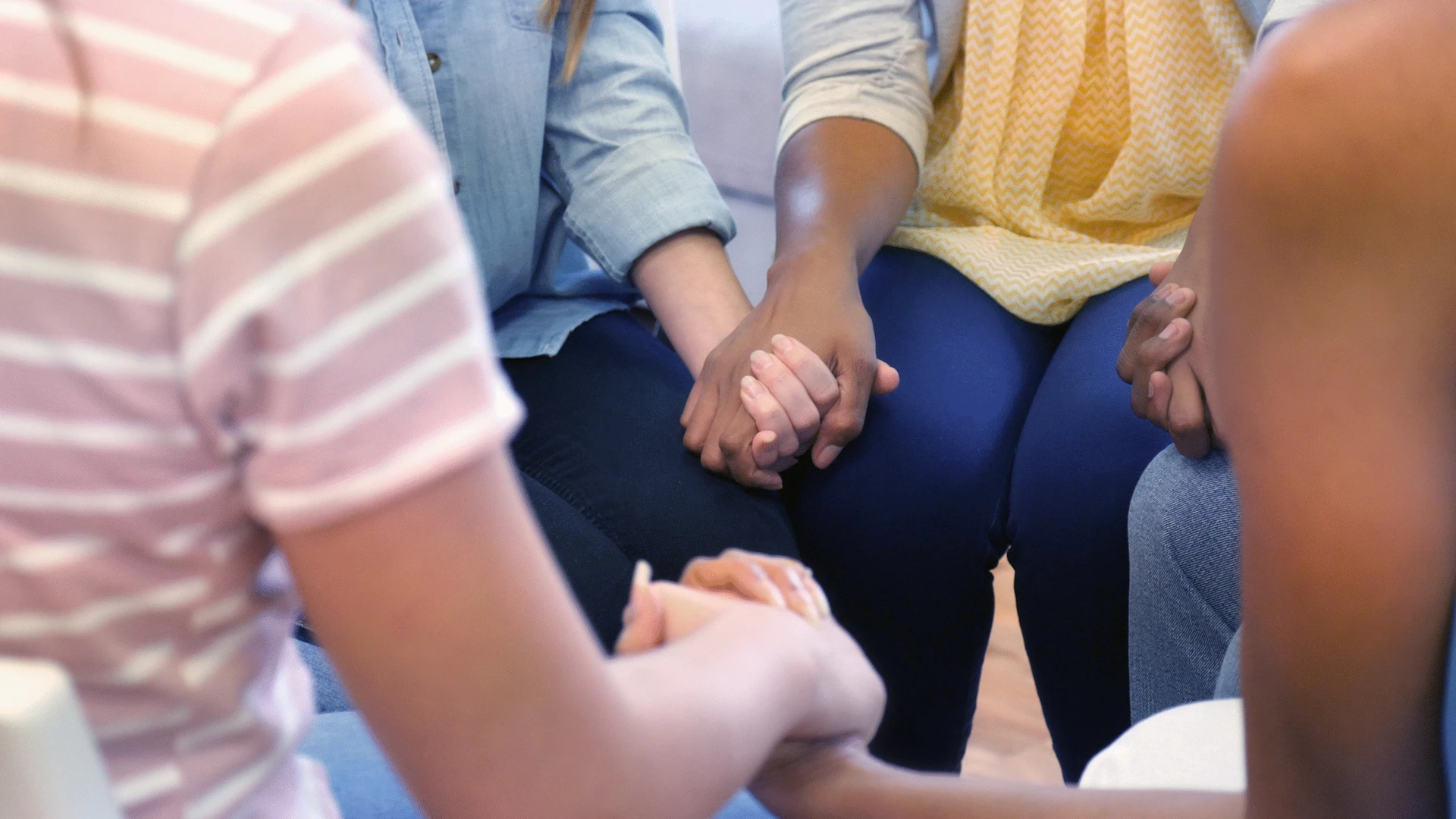Basics
Pronouns are words used to refer to a person that indicate someone’s gender identity. Examples of pronouns that people use include, but are not limited to, the following:
- They, them, theirs
- She, her, hers
- He, him, his
They, them, and theirs can be and are often used as singular gender-neutral pronouns. Some folks may not use the pronouns listed above (or others) and may ask that others use the person’s name instead.
What is gender and gender identity? GLAAD explains: “Gender identity is a person’s internal, personal sense of being a man, woman, or someone outside of that gender binary.” People who identify as transgender have a different gender identity than the gender they were thought to be when born (based on the biological sex they were assigned at birth). Other terms that some transgender people may use to describe themselves include, but are not limited to, nonbinary, genderqueer, and gender nonconforming. Cisgender refers to a person whose gender identity matches the biological sex they were assigned at birth.
Why does BARCC include pronouns in e-mail signatures and business cards?
We include our pronouns in our e-mail signatures and on our business cards to indicate that we’re a welcoming and affirming workplace and service provider for people of all genders, inluding people who are transgender or nonbinary, and to help normalize identifying what pronouns we all use.
Keep in mind
- When someone is referred to with the wrong pronoun, it may make them feel disrespected and alienated.
- You can’t always know what someone’s gender pronouns are by looking at them. Asking “which pronouns do you use?” is a polite way of showing respect.
- It’s a privilege to not have to worry about which pronoun someone is going to use for you. It’s important to respect everyone’s gender identity.
- Gender identity is different than sexual orientation. As GLAAD writes, “Simply put: sexual orientation is about who you are attracted to and fall in love with; gender identity is about your own sense of yourself.”
How you can support transgender, nonbinary, and gender-nonconforming folks
- Educate yourself on transgender issues.
- Use people’s correct pronouns. If you make a mistake, do as NTEN suggests: “Don’t make a big fuss over it. Simply acknowledge, apologize, move on, and do better in the future.”
- Say something if you hear other people using the wrong pronouns for someone. You can say, “Oh, [Name] actually uses they pronouns, just so you know!”


